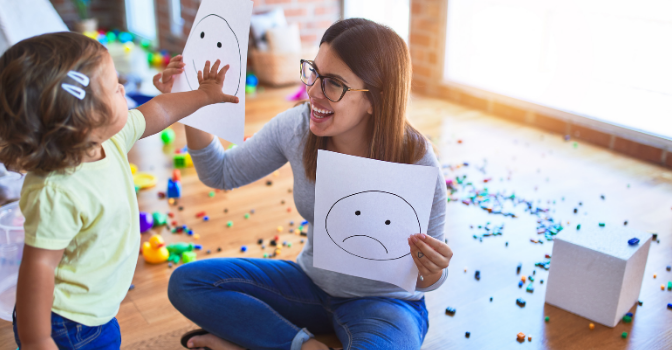Therapy options for children have changed significantly over recent years, with new techniques and technology emerging alongside tried and true methods.
Today, we’re taking a look at some of the diverse therapy options now available for children.
Hydrotherapy.
Hydrotherapy using water can be beneficial for children with cerebral palsy and autism spectrum disorder, improving respiratory control, coordination, strength and relaxation. For children with restricted movement, hydrotherapy can offer freedom of movement and free play.
Scooter boards.
Build upper and lower body strength as well as core strength and coordination. Scooter boards are loads of fun and there are plenty of activities to try, depending on the age and ability of your child.
Therapy at the beach.
Therapy that doesn’t ‘feel’ like therapy is good for you and your child. Whether you live near the beach or only get to visit during holidays, there are easy ways to incorporate therapy without your kids even knowing! Check out Therapy at the beach.
Occupational therapy.
An occupational therapist can assist with modifications to daily tasks, assistive technology and increasing confidence in social situations. Some OTs work in educational settings where they support children to learn more effectively.
Sandplay therapy.
Sandplay therapy involves creating miniature worlds and stories from a tray of sand, small objects and water. It can be particularly effective for young children who cannot express their inner feelings in words.
Equine assisted therapy.
Equine assisted therapy involves interactions with horses that can improve physical, emotional and social wellbeing.
Listening therapy.
Listening therapy is a sound based intervention using music to stimulate the senses and improve communication. It can assist brain development, improve self-regulation and aid impulse control.
Garden therapy.
Garden therapy can increase independence, improve movement, enhance skills and coordination, improve creativity and build confidence. It supports a range of activities including planting, tending, digging and building.
Play therapy.
Play therapy allows a child to ‘play out’ their inner thoughts or real-life experiences. Play therapists use play to assist children to express and explore their feelings, needs and behaviours while supporting them to achieve optimal growth and development.
Balance boards.
Ideal for developing coordination, balance and posture. Different types of boards are available and can be joined together to build a bridge or used individually.
Spider cage.
A suspension system that uses a belt and bungee cords to support the child to complete balance and strengthening exercises. Fun and exciting, spider cage therapy is directed towards achieving functional goals and supports independent movement.
Speech and language therapy.
A speech therapist can assist with voice and vocal habits, stuttering, speech sounds, mealtimes and swallowing, communication aids and literacy.
Therapy at the park.
Heading to the park can be therapy in disguise with loads of activities to explore such as monkey bars, ladders, beams, climbing frames, swings and more.
Art therapy.
Art therapy can have many benefits including improved creativity and self-esteem, increased self-empowerment, increased self-awareness, reduced anxiety and enhanced mind-body connection.
Physiotherapy.
Physiotherapy can be helpful for managing pain and improving mobility as well as supporting participation in sports and recreation activities.
Music therapy.
Music therapy can provide relaxation, mood regulation and management of behavioural triggers. It has been shown to increase positive moods and social engagement people with behavioural needs as well as support sensory processing.
Assistance animals.
More than just furry friends, assistance animals can support people with a disability to live safely, become more independent and complete everyday tasks. An assistance animal is trained to perform tasks or behaviours that reduce the functional impacts of a person’s impairment.
Cognitive behavioural therapy (CBT).
CBT focuses on how thoughts and emotions affect behavior. The therapist helps your child replace negative thoughts with more productive thought patterns, helping them to better handle stressful situations and control impulsivity and tantrums. More at Healthline.
* This list has been created to provide a starting point for you to research options that may suit your child and should be considered in the context of NDIS’ ‘reasonable and necessary’ assessment for your child’s individual supports.
Leap in! can help.
Here at Leap in! HQ, we have a team of experienced plan managers who can help you if you have questions about your NDIS Plan. You can connect with the Leap in! Crew via email – crew@leapin.com.au, phone 1300 05 78 78 or visit our website and chat with us live.
Originally published 16 April 2021, updated 28 April 2022.
Further reading
The benefits of play therapy in early intervention.
Speech and language therapy: What will the NDIS fund?

